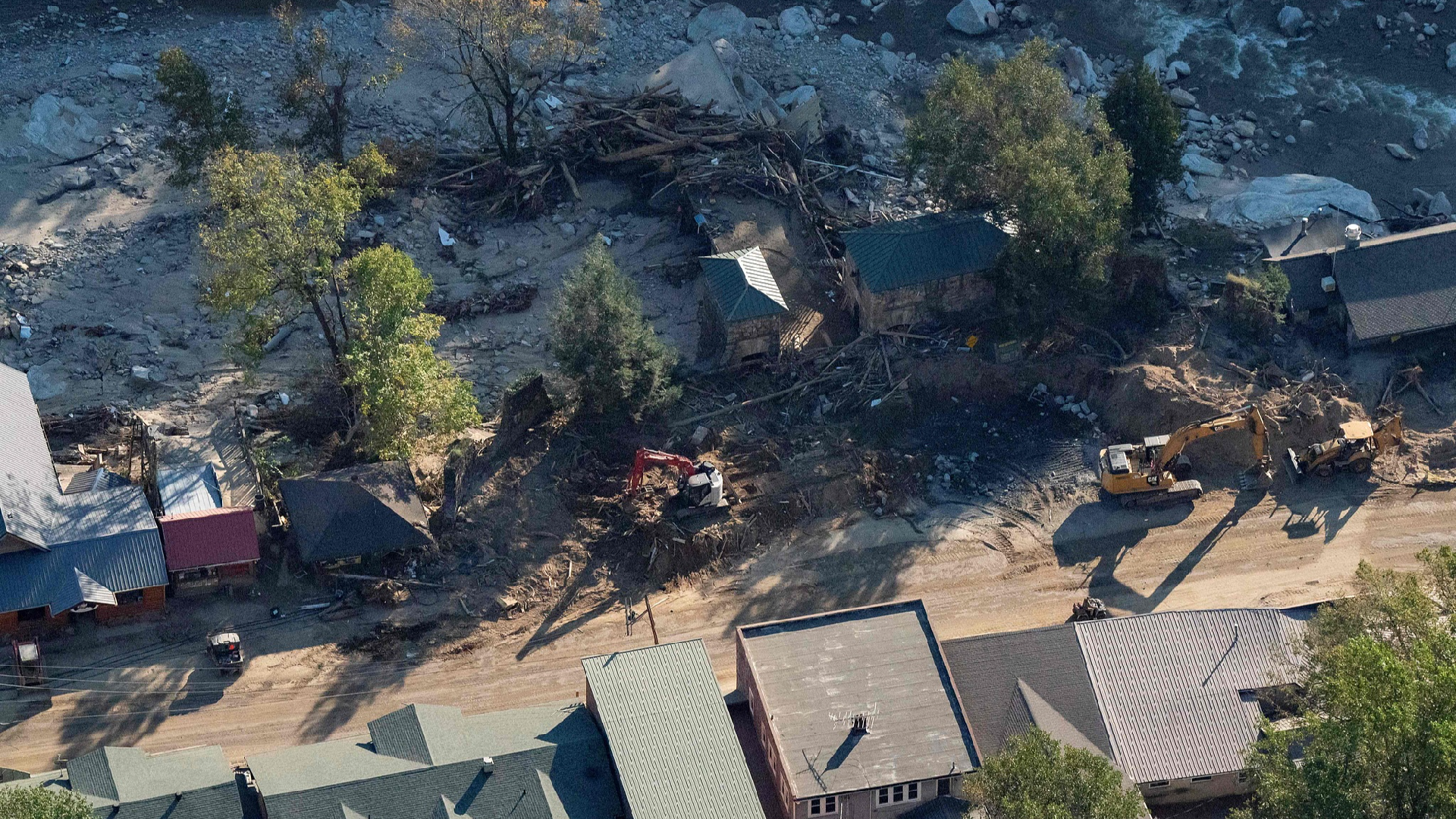Study Says Climate Change Intensified the Deadly Hurricane Helene
A study released Wednesday by the World Weather Attribution (WWA) group indicates that Hurricane Helene's heavy rainfall and strong winds were intensified by approximately 10 percent as a result of climate change.

While a 10 percent rise "might seem relatively small ... that small change in the hazard really leads to big change in impacts and damage," observed Friederike Otto, a climate scientist and head of the research organization.
The research further indicated that hurricanes like Helene are now 2.5 times more likely to occur due to fossil fuels, which are the main driver of climate change.
Essentially, storms of Helene's strength were historically expected once every 130 years, but the frequency has shifted to approximately once every 53 years.
To perform the study, researchers examined three key elements of Hurricane Helene: precipitation, wind speeds, and the Gulf of Mexico's water temperature, which is critical for storm formation.
"All aspects of this event were amplified by climate change to different degrees," explained Ben Clarke, a co-author and researcher at Imperial College London, during a press conference.
"And we'll see more of the same as the world continues to warm," he added.
The World Weather Attribution's research, conducted by a coalition of scientists and meteorologists investigating climate change's impact on extreme weather, coincides with Florida's preparations for another significant hurricane, Milton, just 10 days after Helene struck.
Destruction ensued when Helene made landfall in northwestern Florida on September 26 as a Category 4 hurricane, bringing winds of up to 140 mph.
The storm then progressed northward, causing significant rainfall and catastrophic flooding in multiple states, with North Carolina suffering the highest fatality rate.
The study's authors noted that hurricane risks extend beyond coastal zones.
Bernadette Woods Placky, chief meteorologist at the NGO Climate Central, remarked that Helene "had so much intensity" that it would take time for the storm to dissipate; however, the "storm was moving fast ... so it could go farther inland pretty quickly."
The research employed three methodologies to analyze the storm's various characteristics and involved scientists from the U.S., UK, Sweden, and the Netherlands.
For assessing its rainfall, the researchers utilized both observational data and climate models tailored to the two distinct regions: one model focusing on coastal areas like Florida and another on inland locations such as the Appalachian mountains.
In both scenarios, the study concluded that precipitation levels increased by 10 percent due to global warming, which currently stands at 1.3 degrees Celsius above pre-industrial averages.
To evaluate Helene's wind speeds, scientists reviewed hurricane data extending back to 1900.
The analysis showed that Helene's winds were 11 percent stronger, or 13 mph, as a direct consequence of climate change.
Finally, the researchers analyzed the water temperature in the Gulf of Mexico, where Helene originated, discovering that it was approximately 2 degrees Celsius higher than average.
According to the study, this unprecedented temperature was rendered 200 to 500 times more likely because of climate change.
Warmer ocean waters release additional water vapor, contributing more energy to forming storms.
"If humans continue to burn fossil fuels, the U.S. will face even more destructive hurricanes," Clarke cautioned in a statement.
Frederick R Cook for TROIB News
Find more stories on the environment and climate change on TROIB/Planet Health












